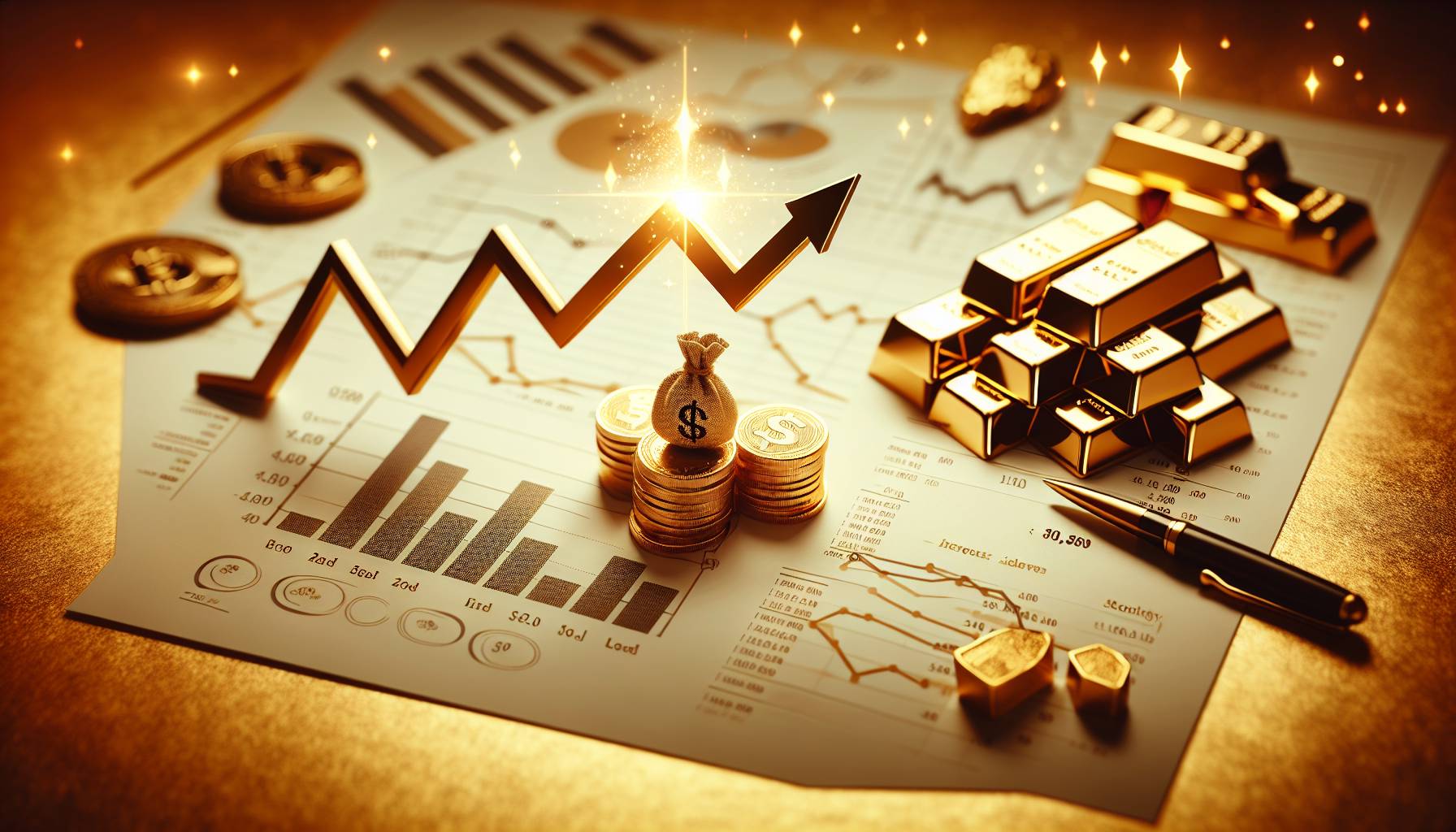current gold and silver rates in major cities
As of August 3, the gold and silver rates have experienced a decrease across major Indian cities. In Mumbai, the price of 10 grams of 24-carat gold is now ₹56,000, while silver is priced at ₹70,000 per kilogram. Bengaluru sees similar rates, with gold at ₹56,050 for 10 grams and silver at ₹70,100 per kilogram.
In Chennai, the gold rate for 10 grams of 24-carat is ₹56,200, and silver is priced at ₹70,300 per kilogram. Hyderabad’s rates are aligned with those of Mumbai, with gold at ₹56,000 for 10 grams and silver at ₹70,000 per kilogram.
Delhi’s gold rate stands at ₹56,100 for 10 grams, and silver is priced at ₹70,200 per kilogram. Meanwhile, in Kolkata, the price for 10 grams of 24-carat gold is ₹56,000, and silver is available at ₹70,000 per kilogram.
comparison of price changes from previous days
Comparing the current rates to those from previous days, there has been a noticeable decline in both gold and silver prices. Just a day earlier, the price of 10 grams of 24-carat gold in Mumbai was ₹56,500, indicating a decrease of ₹500. Similarly, silver was priced at ₹70,500 per kilogram, showing a reduction of ₹500.
Bengaluru also experienced a drop, with gold prices falling from ₹56,600 to ₹56,050, a decrease of ₹550. Silver prices in the city decreased by ₹400, from ₹70,500 to ₹70,100 per kilogram.
In Chennai, the gold rate decreased by ₹400, from ₹56,600 to ₹56,200 for 10 grams. Silver saw a reduction of ₹300, moving from ₹70,600 to ₹70,300 per kilogram.
Hyderabad’s gold prices mirrored those of Mumbai, dropping by ₹500 from ₹56,500 to ₹56,000. Silver prices also fell by ₹500, from ₹70,500 to ₹70,000 per kilogram.
Delhi saw a decrease in gold prices from ₹56,600 to ₹56,100, a reduction of ₹500. Silver prices dropped by ₹400, from ₹70,600 to ₹70,200 per kilogram.
In Kolkata, the price of gold decreased by ₹500, from ₹56,500 to ₹56,000 for 10 grams. Silver prices also saw a reduction of ₹500, from ₹70,500 to ₹70,000 per kilogram.
factors influencing the price decrease
The recent decrease in gold and silver prices can be attributed to several key factors. One of the primary influences is the fluctuation in the international market, where gold and silver prices have been affected by changes in the US dollar value. A stronger dollar often leads to lower demand for these precious metals, as they become more expensive for holders of other currencies.
Additionally, interest rate decisions by central banks, particularly the US Federal Reserve, play a significant role. Higher interest rates can lead to a decrease in gold and silver prices, as investors may prefer interest-bearing assets over non-yielding metals. Recent indications of potential rate hikes have contributed to the downward pressure on prices.
Economic data releases, such as employment figures and inflation rates, also impact investor sentiment and market dynamics. Positive economic indicators can lead to a shift towards riskier assets, reducing the appeal of safe-haven investments like gold and silver.
Furthermore, geopolitical tensions and global economic uncertainties can influence market behavior. While these factors typically increase demand for precious metals, recent easing of certain geopolitical risks may have contributed to the current price decline.
Lastly, local market conditions, including demand and supply dynamics, taxation policies, and import duties, can affect prices in specific regions. In India, seasonal demand fluctuations, such as those related to festivals and weddings, can also impact gold and silver rates.
Current gold and silver rates in major Indian cities
As of August 3, the gold and silver markets have shown a notable decrease in prices across major Indian cities, presenting a potential opportunity for investors. In Mumbai, the price of 10 grams of 24-carat gold stands at ₹56,000, while 22-carat gold is priced at ₹51,300. Silver is trading at ₹72,500 per kilogram.
In Bengaluru, 24-carat gold is available at ₹56,050 per 10 grams, with 22-carat gold priced at ₹51,350. Silver rates are consistent with Mumbai, at ₹72,500 per kilogram.
Chennai sees 24-carat gold priced slightly higher at ₹56,200 for 10 grams, and 22-carat gold at ₹51,500. Silver maintains the same rate of ₹72,500 per kilogram.
Hyderabad’s gold rates mirror those of Chennai, with 24-carat gold at ₹56,200 and 22-carat gold at ₹51,500 per 10 grams. Silver is also priced at ₹72,500 per kilogram.
In the capital city of Delhi, 24-carat gold is priced at ₹56,100 per 10 grams, and 22-carat gold is at ₹51,400. Silver trades at ₹72,500 per kilogram.
Kolkata offers 24-carat gold at ₹56,000 per 10 grams, with 22-carat gold priced at ₹51,300. Silver remains at ₹72,500 per kilogram.
These rates reflect the current market conditions and are subject to change based on various economic factors. Investors should consider these fluctuations when planning their investments in precious metals.
Factors influencing the decrease in precious metal prices
The recent decrease in gold and silver prices can be attributed to several key factors impacting the global and domestic markets. One of the primary influences is the strengthening of the US dollar, which often inversely affects the prices of precious metals. As the dollar gains strength, gold and silver become more expensive for holders of other currencies, leading to a decrease in demand.
Additionally, interest rate hikes by central banks, particularly the US Federal Reserve, have played a significant role. Higher interest rates increase the opportunity cost of holding non-yielding assets like gold and silver, prompting investors to shift their focus towards interest-bearing investments.
Market sentiment and geopolitical tensions also contribute to price fluctuations. Recent easing of geopolitical tensions has reduced the safe-haven appeal of gold, leading to a decline in prices. Furthermore, economic data indicating a recovery in major economies has bolstered investor confidence in equities, diverting investments away from precious metals.
In the domestic context, the Indian rupee’s performance against the US dollar can influence gold and silver prices. A weaker rupee makes imports more expensive, potentially affecting demand and pricing in the local market.
Investors should remain vigilant and consider these factors when making decisions, as the precious metals market is highly sensitive to global economic changes and policy shifts.

